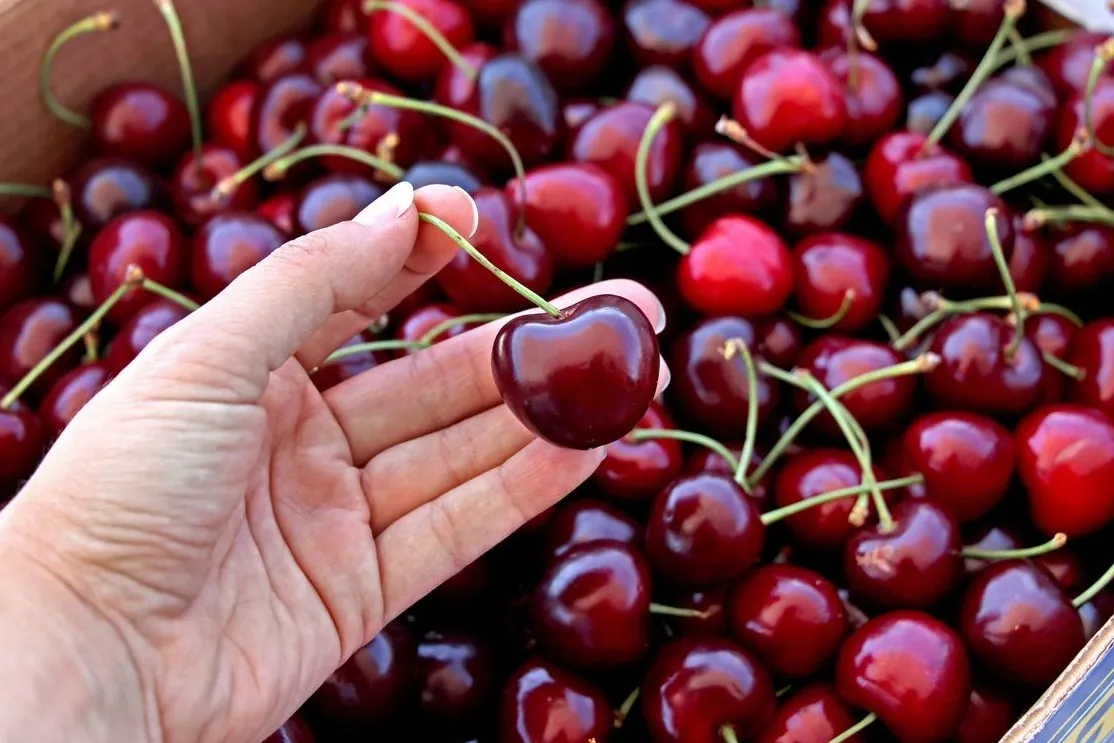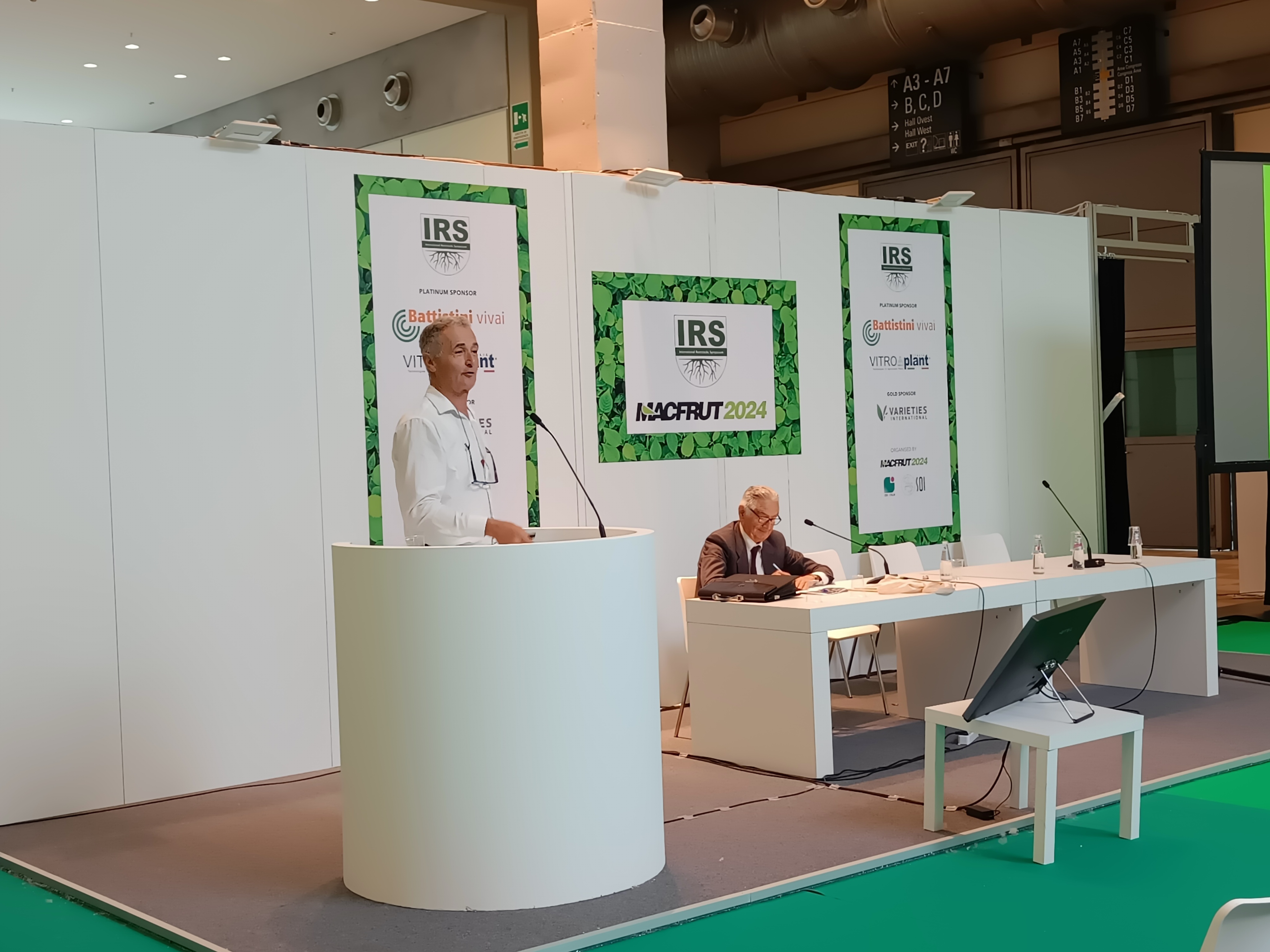Chilean agronomic consultant Sebastián Tapia will be among the key speakers at the 6th International Symposium on Berries and Export Crops, scheduled in Huacho (Peru) on September 25–26. His words provide an in-depth look at the strategic choices that determine quality and productivity in new cherry orchards.
Focus on Cherries at the Huacho Symposium
South American fruit growing will gather in Huacho (Peru) on September 25–26, 2025, for the sixth edition of the International Symposium on Berries and Export Crops. The event, hosted by the Universidad Nacional José Faustino Sánchez Carrión, will be a meeting point for producers, technicians, and researchers, with a focus on plant health, nutrition, water efficiency, genetics, and digital innovation.
Among the prominent guests is Chilean agronomist Sebastián Tapia, founder of Tap-Agro and technical director of Folicrop, a company dedicated to developing microbial consortia to strengthen soils and plants. With over 12 years of technical assistance in berries, pome fruits, and cherries, Tapia will share his vision on how to innovate cherry cultivation in increasingly challenging climates.
Technology, Soil, and Genetics: The Choices That Make the Difference
In his presentation, “Cherry Cultivation: Key Aspects for Achieving Quality Fruit from the Start,” Tapia will illustrate how early decisions at the planting stage can drastically influence future productivity.
“Initial choices such as soil management, irrigation system, training system, rootstock-variety combination, and climate analysis are decisive,” says Tapia. An orchard planned without proper soil evaluation or with incompatible rootstocks can jeopardize the entire project.
Pruning and Crop Load: The Balance Between Quantity and Quality
Tapia highlights the importance of early pruning as a key lever to shape healthy, balanced, and productive trees. “A good tree architecture, with well-distributed fruiting wood, allows the adjustment of crop load according to market goals,” explains the expert. “Only in this way can growers achieve fruit with competitive sizes and consistent quality.”
Precision Irrigation and Targeted Nutrition
In the context of warmer springs and milder winters, water management becomes a central issue. Tapia promotes the adoption of technologies such as moisture sensors and weather stations, but reminds that even simple tools like soil pits and tensiometers can make a difference. The goal is to optimize water use while reducing plant stress at every phenological stage.
On the nutritional front, the suggested approach includes leaf and soil analyses combined with strategic biostimulation to strengthen plant resilience under extreme conditions.
New Varieties and Rootstocks: Cherries Beyond Traditional Areas
Climate change is opening new production scenarios. “Today we have rootstocks with controlled vigor, developed to adapt to different soil types and to improve the balance between crop load and quality,” Tapia explains. On the varietal front, progress is also remarkable: breeders are seeking early cultivars with low chilling requirements (between 200 and 500 hours), capable of fruiting even in areas once considered unsuitable for cherries.
An Event to Look Ahead
Tapia invites producers, technicians, and fresh produce companies to take part in the Symposium, promoted by ALAB (Asociación Latinoamericana de Asesores en Berries) and CropsQuito. “It will be a concrete opportunity for exchange, to explore new opportunities and to deepen crucial topics such as pre-planting decisions, climate-adapted genetics, and post-harvest strategies,” concludes the Chilean expert.
Source: diariofruticola.cl
Image source: SL Fruit Service
Cherry Times - All rights reserved












